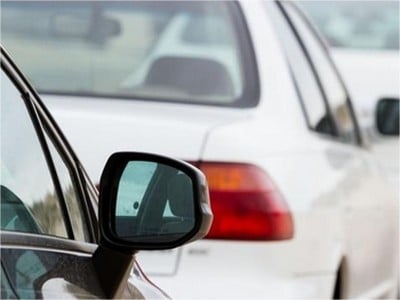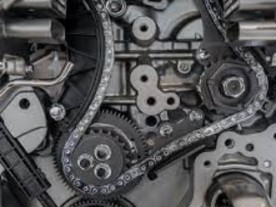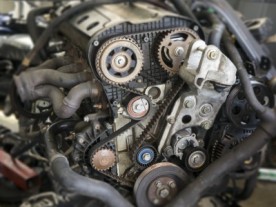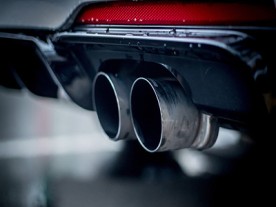How to Judge Distance with Side View Mirrors?
First, adjust the placement of the mirrors:
Left side mirror: The upper half is dedicated to the sky and the lower half to the ground, while the left and right directions allocate one-fourth of the space to the vehicle body.
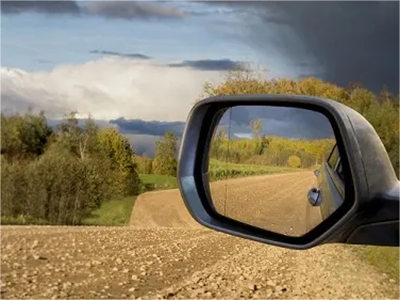
Right side mirror: Two-thirds of the space in the vertical direction is for viewing the ground, while one-fourth is allocated to the vehicle body in the left and right directions.
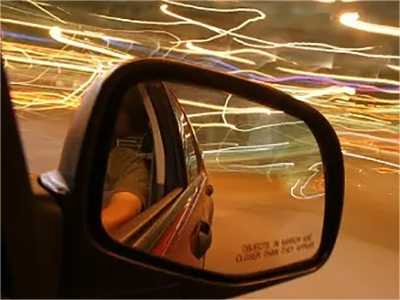
Interior rearview mirror: It covers the entire rear window in the vertical direction, and as long as the driver's right ear side is visible in the horizontal direction.
Distance judgment of objects ahead:
When driving behind another vehicle: Maintaining a safe distance while driving behind another vehicle is crucial, and this distance can be referenced based on the front vehicle.
Seeing the bottom edge of the rear wheels indicates a distance of about 5 meters, the bottom edge of the bumper is approximately 2 meters, and the bottom edge of the license plate is around 1 meter. When following at low speeds, you should maintain the visibility of the rear wheels at all times for safer following. However, if the driver can only see the bottom edge of the license plate, extra caution is necessary, and it's advisable to be prepared to stop at any time.
Pedestrians ahead: When encountering pedestrians in front of the vehicle, drivers need to be extra vigilant. Typically, if the driver can see the full body of the pedestrian, it indicates a distance of approximately 5 meters. As the distance decreases, when the driver can no longer see the knees of the pedestrian, the distance between the vehicle and the pedestrian is less than 2 meters. At this point, the vehicle should not get any closer as it may lead to a potentially dangerous situation.
Obstacles such as walls, trees, or lamp posts ahead: Since these obstacles do not have marking lines for reference, drivers usually need to look for other surrounding objects to judge the distance. In unfamiliar road sections, it is advisable to consider getting out of the vehicle and physically assessing the situation rather than relying solely on intuition or assumptions.
Rear distance judgment:
Directly behind the vehicle: Mainly judged through the interior rearview mirror. When the entire vehicle is visible, the distance is approximately 20 meters. When the license plate is no longer visible, the distance is around 6 meters. When the rear car's grille is not visible, the distance is about 2 meters.
Left rear distance: If the rear car occupies the entire left side of the side mirror, the distance is less than 1 meter. If the rear car occupies more than half of the left side of the side mirror, the distance is less than 2 meters. If the rear car occupies less than half of the left side of the side mirror, the distance is between 4-10 meters, which allows for safer turning.
Right rear distance: If the rear car occupies the entire right side of the side mirror, the distance is less than 2 meters. If the rear car occupies more than half of the right side of the side mirror, the distance is less than 4 meters. If the rear car occupies less than half of the right side of the side mirror, the distance is between 8-11 meters, which allows for safer turning.
While mirrors assist in judging distances, blind spots still exist. Therefore, mirrors are only aids, and when unsure, it is safest to maintain a lower speed and avoid changing lanes unnecessarily.

